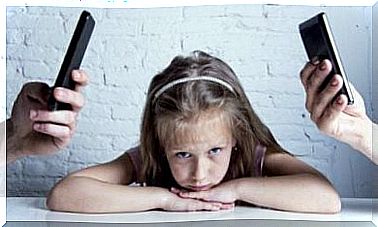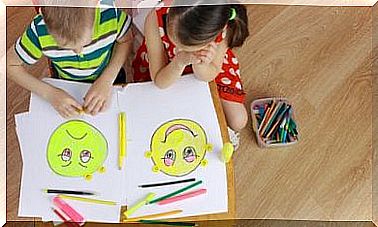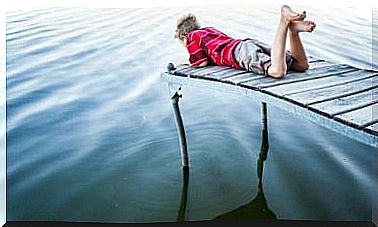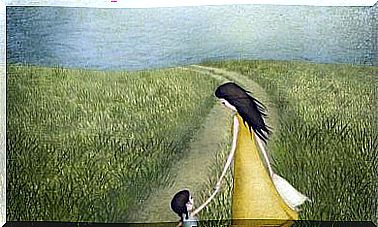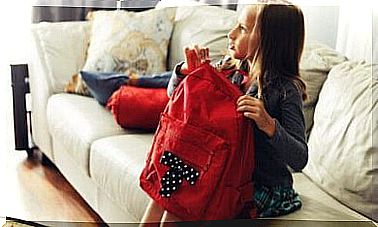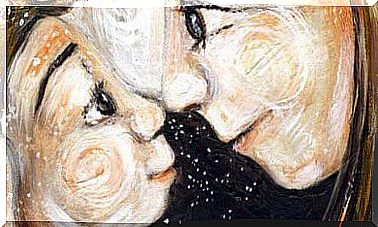9 Steps To Teaching Children To Solve Problems
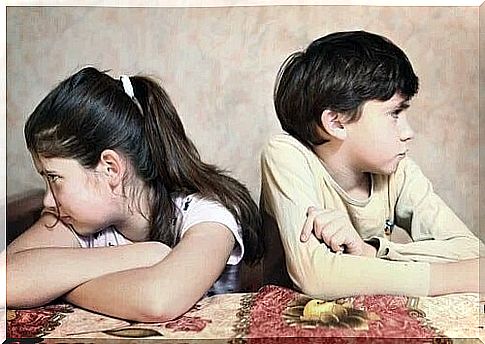
We all have problems throughout our lives and children are not exempt from this. While their problems may be small to us, they are very important to them. Therefore, it is essential to learn as a child to deal with situations of this type.
Here we are going to present 9 steps to teach your kids how to solve problems.
Problems can be either something internal or some particular situation that the children don’t know how to resolve, such as an issue involving a third party or several other people. These situations can generate negative emotions such as stress, discrepancies between different parties or possible confrontations.
One of the main things we must teach to the little ones is that it is always better to look for a solution that resolves the situation in a positive way for all involved. This will allow you to maintain a good relationship with others and always seek mutual satisfaction in case of conflict.
Furthermore, we must show children to understand that it is not necessary (or preferable) to act aggressively. This behavior would only create more inconvenience and make it impossible to find a quick fix.
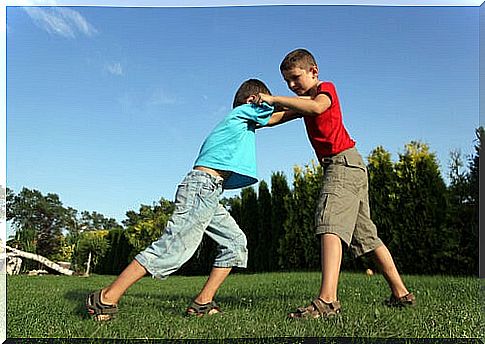
What can I do to promote problem solving?
You can follow some tips for the resolution to be positive:
- Give an example of conflict resolution : you can use people you know or even situations from a show or movie. The important thing is that it is clear enough.
- Increase self-esteem: children must know their value and learn to value themselves. This will allow them to feel able to solve problems on their own.
- Generating debates: exchanging opinions and discussing peacefully with others will allow you to incorporate the idea that someone is not always right, that we cannot agree on everything and that it is important to accept what the other person thinks without reacting badly or with annoyance.
- Give advice : they are children, that is, they don’t know everything and need your advice. As they get older, it will be easier to resolve certain situations. But you must always give your advice and support.

Physical activity, supervision and games
You must take these three allies into consideration:
- Physical activity allows the child to express themselves physically. Little ones also suffer from stress.
- Supervision of their behavior is very important, whether by parents, guardians or a responsible adult. Someone must say what is right and what is wrong.
- Finally, playing with children is a way to teach them indirectly. Remember that they are always aware of what is happening around them, they absorb and embody everything. Don’t forget to always lead by example!
9 steps to teach kids to solve problems:
- Identify the problem : to solve it, you must first know what it is and understand it.
- Analyze the situation : once the problem has been identified, it is necessary to analyze what is causing it. Understanding the cause will help resolve it.
- Allow the child to express how he feels about this problem : understanding the feelings in situations will be a great help in knowing how to best resolve a situation.
- Allow the needs of all parties involved to be expressed : everyone has a voice in a conflict and it is important that everyone is heard.
- Brainstorm: Find creative ways to solve the problem. The more the child expresses himself, the better it will be. This will allow her to find her own solutions as she grows up. Although it is small, you should help it by suggesting different alternatives.
- Review the ideas from the previous step : review the pros and cons of all these ideas and the feasibility of each. Help your child to think about them. In time, he will learn to do this on his own.
- Choose the best solution among all the options : after analyzing them, the child will be able to make the decision.
- Implement the idea : choosing an option is useless if the objective is not to fulfill it, so you must teach the child that he must follow the chosen option.
- Analyze the results : after implementing the chosen solution, remember to follow up and see the results obtained. This will allow you to learn to take responsibility for your actions and choices.
